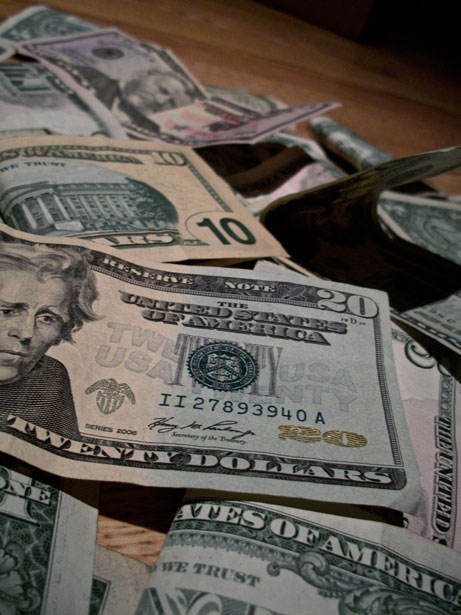Features Editor
You have gotten into the college of your dreams and are ready to move on to a new chapter in your life. Now is the time to figure out how to pay for your expensive dreams. Two of the most commonly used payment methods are grants and loans.
Grants
are sums of money provided by the U.S. Department of Education that do not need
to be paid back. Grants are given to students showing financial need, which
occurs when the cost of the attendance at a school exceeds the expected family
contribution, and is determined by the government when they review your
submitted Free Application for Federal Student Aid (FAFSA). That is pretty
straight forward, but there is more to know when it comes to loans.
For
starters, loans are money sums that require pay back with interest. The two
most common loans for undergraduates are subsidized and unsubsidized loans.
These are offered through the U.S. Department of Education to help eligible students
cover the cost of community college, career, trade, or technical school, and four
year college or university. Direct subsidized loans are for those who
demonstrate financial need while unsubsidized loans are for those who do not
demonstrate such need, both with a current interest rate of 3.86%.
After
graduation, leaving school, or if class enrollment drops below half-time, there
will be a six-month period before repayment is required to begin. During this
period, information regarding repayment and payment due dates will be sent out.
Interest
rates will begin to accrue on the amount required to be paid back from loans
once finishing or leaving post secondary schooling. To calculate interest, multiply
the outstanding principal balance by the interest rate factor (loan interest
rate divided by number of days in the year) to get the interest amount. See http://studentaid.ed.gov/types/loans/interest-rates#how-is-interest-calculated for more
information.
 |
| Paying for college can cost a lot |
The
standard payment plan for direct subsidized and unsubsidized loans is to pay at
least $50 per month for approximately ten years. Other plans such as graduated
repayment, extended repayment, or income-based repayment plans may prove more
suitable, but the standard plan has the least amount of interest over time.
For
example: You borrow $5,000 over the course of four years with an interest rate of
3.68% as for subsidized and unsubsidized loans. The debt can be paid off over
ten years through 120 payments of $50.29 a month, with a cumulative payment of
$6,034.88. Use the loan calculator at http://www.finaid.org/calculators/loanpayments.phtml to
determine
your monthly payment plan.